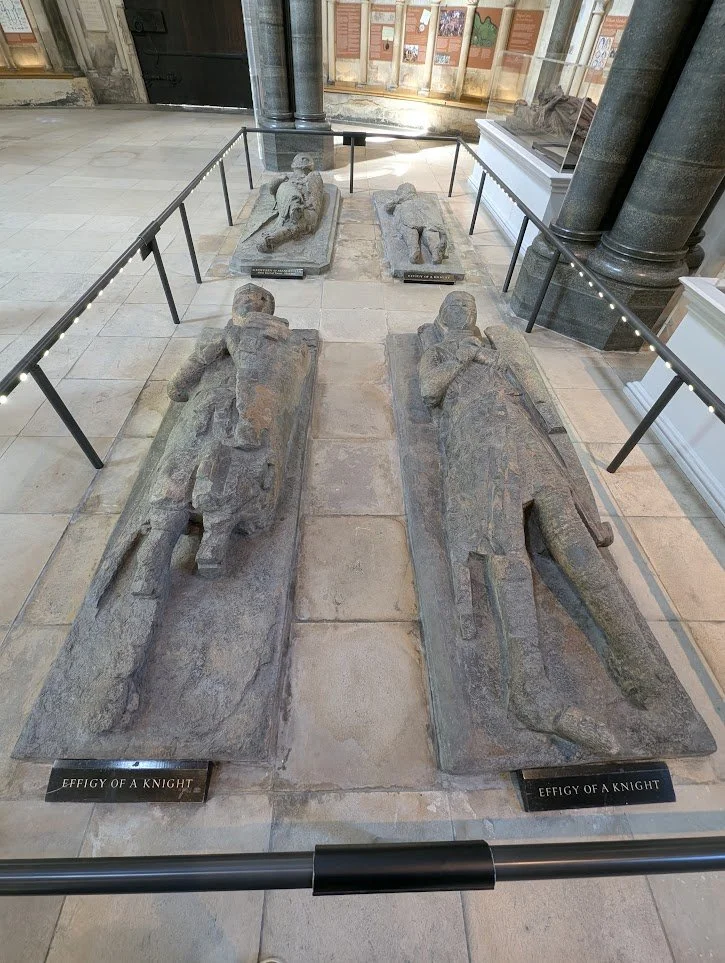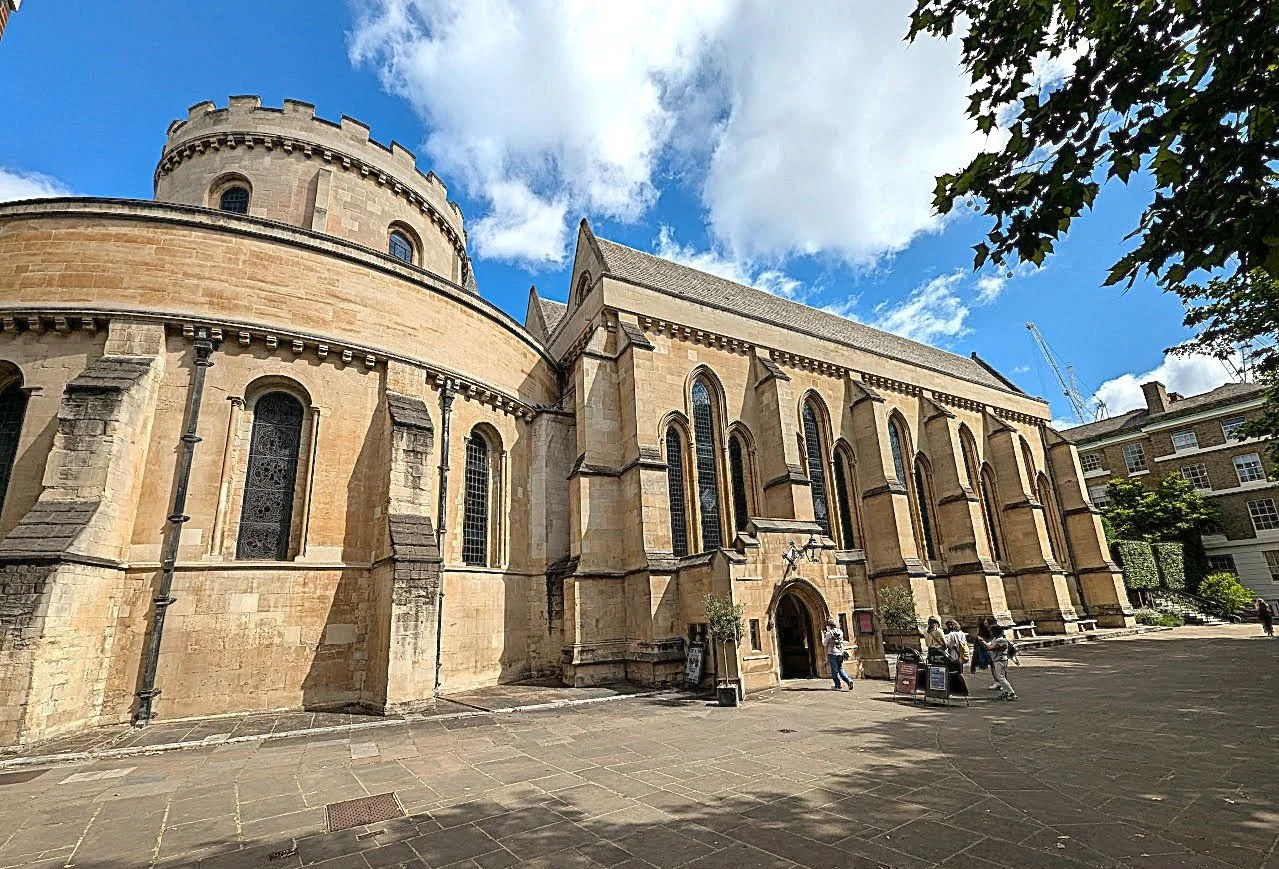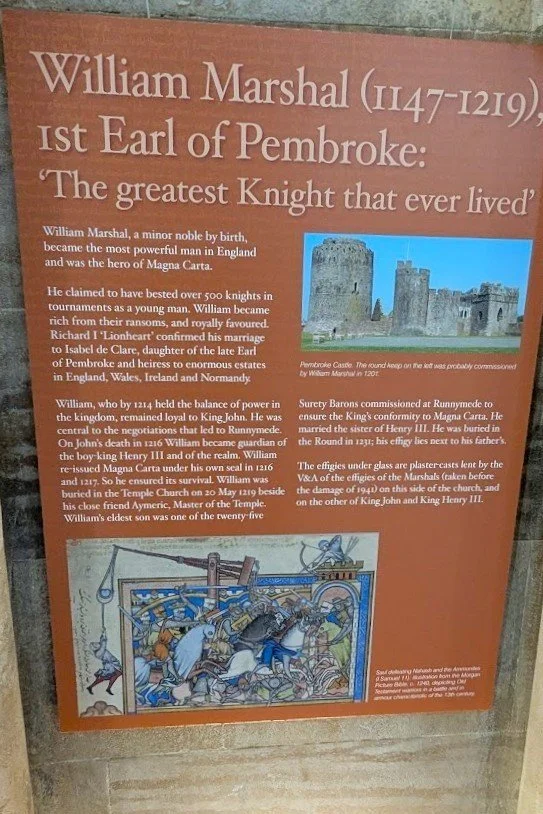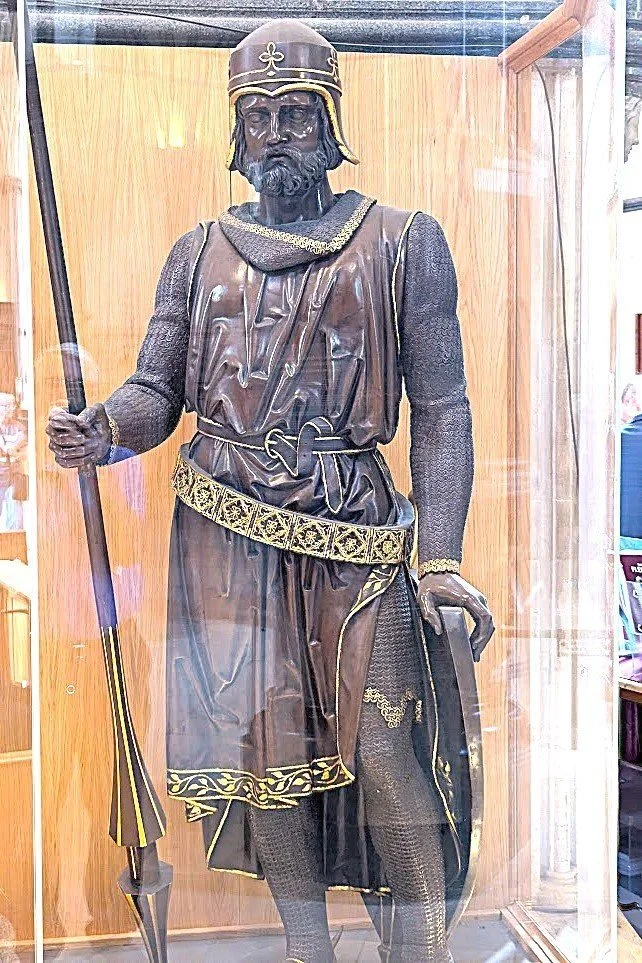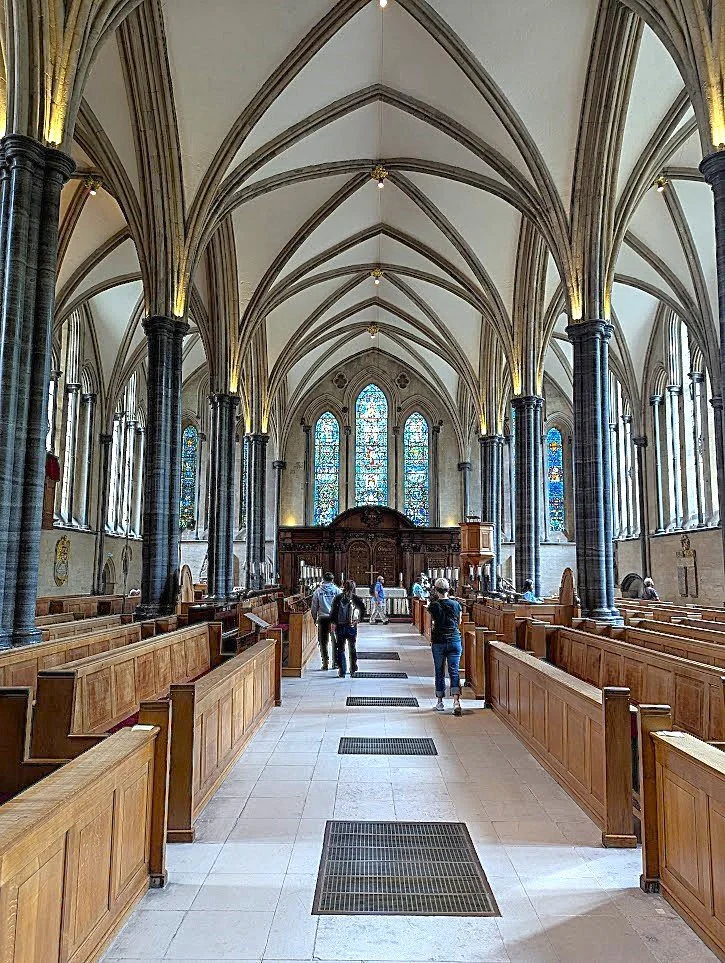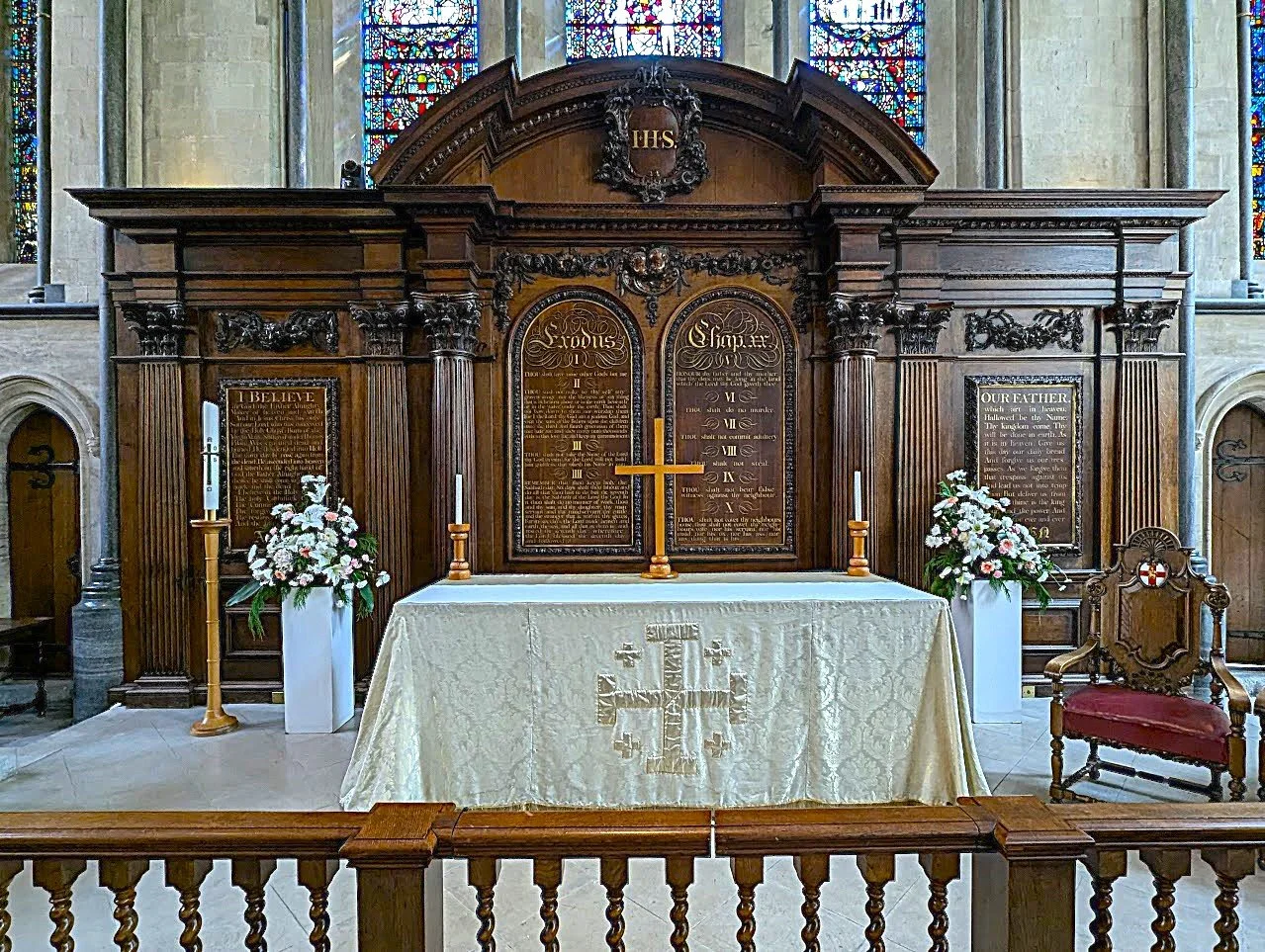London’s Temple Church Illuminates the Fascinating History of the Knights Templar and England’s Magna Carta
What is It – One of the most historic and unique landmarks to visit in London is The Temple Church. The area around the Temple Church was the site of the original Roman settlement of London, the headquarters for royal government of England during medieval times, the location of two Inns of Court legal colleges, and by the late 1800s the base for most of the country’s national newspapers on Fleet Street. More important, key events in the history of the Knights Templar and the negotiation of the Magna Carta took place at the Temple Church.
The Knights Templar, a military order of Christian knights that grew out of the crusades, became active in London in the 1140s. By 1162 AD, they established a headquarters at the current site close to the Thames River, the mercantile wealth of the city, and the King’s court. They first built a Round Church which was modeled on the Church of the Holy Sepulcher in Jerusalem. Two assembly halls, a courtyard with covered walkways, and domestic buildings for local knights and other members were then added to the compound. For generations thereafter, monarchs often relied on the Templars to provide loans, security, and diplomatic services in support of the crown and the country’s dealings with neighboring countries and the papacy.
The importance of the Temple to England’s religious, political and economic life was confirmed during the crisis of 1214 to 1215 AD, when King John confronted a rebellious group of barons seeking certain rights and limitations on the crown’s power. The King sought the knights’ assistance while the two sides postured and negotiated for months. Eventually, a meeting was held on neutral ground and the charter known as the Magna Carta was sealed by the King and twenty-five barons were appointed to ensure compliance with its terms. The Magna Carta contained historic restraints on the power of the sovereign to interfere with the life, liberty, and property of his subjects. Although it took centuries of strife and civil wars to be implemented fully in English life, the principles stated there provided the foundation for the American Declaration of Independence of 1776, the Constitution of 1787, and the Bill of Rights. Twelve signatories to those American documents were members of the Middle Temple and its church.
What You Will See Inside - There are many interesting things to see at the Temple Church such as:
Knight Effigies and Statues- There are nine effigies of medieval knights and benefactors of the Knights Templar protruding from the floor of the Round Church. Some depict the knight fighting a dragon or a lion, but it is not clear whether any of these honored men participated in a crusade. The effigies have been repaired several times, having survived fires and later bombing damage during World War II. There are also two statues in glass display cases of Surety Barons who were commissioned to ensure conformity with the Magna Carta.
Remembrance of Earl of Pembroke William Marshall- One preeminent knight sometimes called “the greatest knight that ever lived” is commemorated in a special plaque next to his effigy. William Marshall, is described there as “a minor noble by birth, who became the most powerful man in England, and the hero of Magna Carta.” He gained a reputation by besting an estimated five hundred knights in tournaments and then used his winnings to marry the daughter of the Earl of Pembroke and inherit large estates of land throughout the British Isles. Despite his wealth, he served as the key advisor to King John in negotiating the Magna Carta and later in reissuing the charter as the regent to King John’s son.
Impressive Romanesque and Gothic Features- The Inns of Court were granted the Temple property in 1608 by King James I with the understanding that they would maintain the church in perpetuity and use it for Christian services. Although it has been refurbished at various times, the architecture is still considered unique since it combines the Romanesque round nave with Gothic features seen in the chancel, walls, and ceilings. People enjoy viewing the soaring ceilings of the main sanctuary and the altar which contains wood carved recitations of the Ten Commandments, the Lord’s Prayer, and symbols of the Templars.
Interesting Facts- The Knights Templar were one of several orders of knights and their supporters that grew out of the crusades mounted by Christendom in Europe to reclaim control of land and holy sites in and around Jerusalem from 1096 AD to 1291 AD. Initially focused on the protection of pilgrims journeying from Europe to the Holy Land, the Knights Templar were formed in 1118 AD when nine knights arrived in Jerusalem. In 1128 AD, these “warrior monks” became an official order of the Catholic Church. Over the next two hundred years with the assistance of influential and wealthy backers, the Knights Templar grew into a powerful organization with land holdings, forts, ships, and churches throughout Europe. Their role also expanded to become bankers, builders, tax collectors and militias that jousted with the Pope and monarchs for power and influence. The Templars’ holdings were seized by monarchs led by King Philip IV of France beginning on Friday, October 13, 1307. Many Templar leaders there and in England were arrested, persecuted, and excommunicated as heretics by the papacy. Some of its members fled to new locations and rumors persisted that remaining Templars formed new orders and retained hidden treasures.
How to Get Here - The main sites to see at the Temple Church are located inside the building. The church may be visited for a small admission fee and easy to reach by cab, subway, or a walk from nearby attractions such as Covent Gardens or the riverfront.

